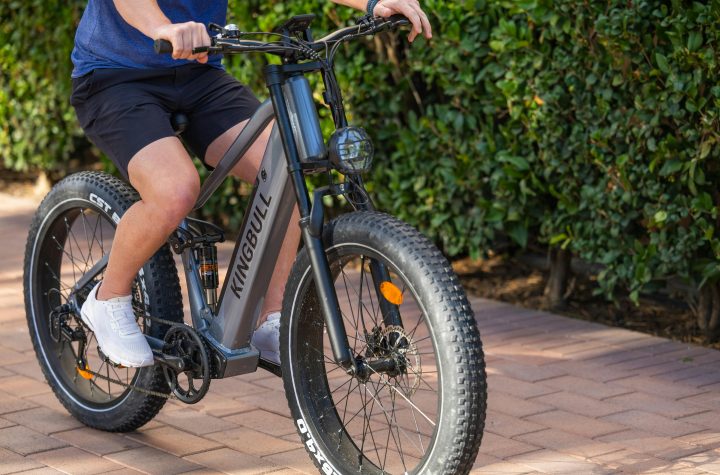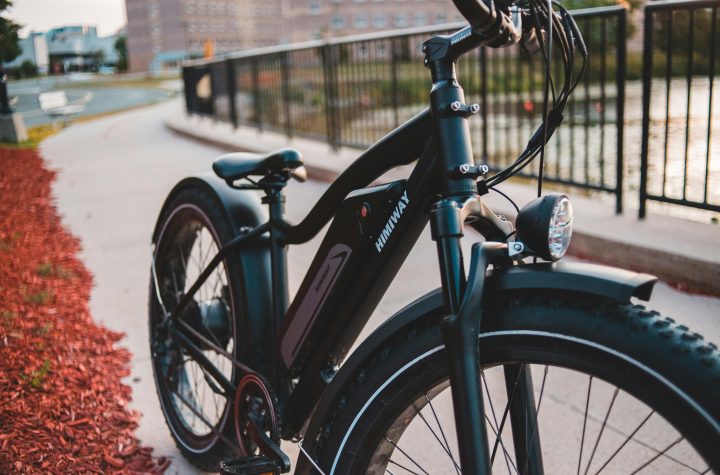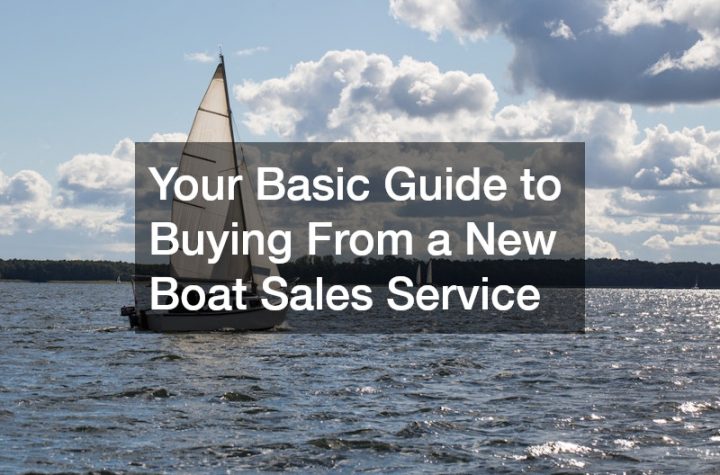


Did you know that approximately 11 million people skateboard on a regular basis? Additionally, roughly 61% of those skateboarders have been skating between one and four years, and many of them have developed a preference for a particular type of skateboard in that time. One option, if you are a skater who hasn’t found the right board yet, is to design your own. Customizing a skateboard can help you come up with the solution that will help you get the most out of your board.
If you’re interested in designing your own skateboard, don’t forget these parts:
Decks
Perhaps the most recognizable part of the skateboard is the actual board itself, also called the deck. The skateboard deck is the surface on which the skater stands, and certain types of decks will allow for smoother riding or more tricks. There are several types of decks that you can choose from. Because approximately 77% of skateboarders prefer to choose small specialty brands when they build their boards, they often choose decks made by smaller companies.
However, design and brand aren’t the only things to consider. Most of all, the size of the skateboard needs to be taken into consideration. For instance, you’ll also need to know if you need a shortboard or longboard. Shortboards are ideal for doing tricks, whereas longboards are made for smooth riding. In addition to the length of the board, the width is also important. If you are an adult, for example, you’ll need a wider board than one made for a child under 13. Make sure you have the right size for the type of skating that you want to do.
Trucks and Wheels
Trucks are the metal parts underneath the deck. They are used to connect the wheels with the board and also help provide the deck with stability. While the trucks themselves don’t vary too much, the wheels chosen for a deck can be of a number of colors and sizes. For instance, wheels that are smaller in diameter are used for both tricks and just simple riding; they give you less speed but fast acceleration. For a longboard, however, you might use wheels that are much wider for greater stability, which will help you move faster but won’t accelerate so quickly. Smaller wheels tend to be between 48 and 53 millimeters in width; larger skateboard wheels are between 56 and 60 or more millimeters.
Bearings
Once the wheels are attached to the two trucks on the board, they will need the right bearings to keep them in place. Selecting the right bearings is important because without them, skaters can wipe out if the board falls apart. Bearings are another way to customize a board and give it a touch of your personality.
Grip Tape
Finally, you’ll need grip tape in order to stay steady on the board while skating. This tape goes on the side of the deck that is usually more plain, whereas the design on the deck is often on the bottom. While most grip tape is black, there are also clear options available that will help you show off the skateboard company’s logo.
Need more advice on building a skateboard? Leave a comment below.




More Stories